In this report, we’ll detail our time with Candy Hash Feminized. This 70% indica was developed alongside the team at Sherbinskis and is a blend of Gelato #41 and Hash Plant. While we hit a few hiccups along the way, this strain proved to be incredibly resilient and still delivered a truly massive yield and impressed us with its XXL buds.
Total growing time: 90 days
Flowering time: 60 days
Final height: 94 cm
Final yield: 156 grams
THC content: 22.91%
We grew our Candy Hash Feminized cannabis plant in a 12-litre plastic pot filled with BAC Lava Mix topped with Rockwool cubes and placed under a 1000 W Phillips GreenPower HPS lamp. Our grow space was maintained at a regular 23°C during daylight hours and allowed to dip to 21°C at night. In the early stages of growth, we kept the space at a consistent 65% relative humidity and gradually lowered it as the plant matured.
Germination & seedling
To get our plant started, we first needed to germinate the seed; thankfully, germinating seeds is the easiest step of the entire process. We started by folding up a few paper towels and sprinkling them with just enough water to be damp without becoming soaked. Next, we placed our seed onto the towels, covered it with another damp paper towel, and placed the whole thing into an open plastic bag.
After a little more than a day, our seed had cracked open and a small, thin taproot was sticking out. We placed this into a pre-soaked Rockwool cube (taproot pointing down), placed it under a 600 W LED lamp, and left it for a few days. Plants at this early stage are extremely fragile and excessive light, heat, or water can prevent them from properly taking root.
On day three, we gave our seedling 100 ml of pH-balanced water (pH 6.2; EC 0.8) mixed with a small amount of rooting hormone. By the end of the first week, our seedling had grown to 8 cm and had sprouted its first sets of leaves. The roots were growing out of the bottom of the Rockwool cube and we planted it into our 12-litre plastic pot and set it under our 1000 W lamp. By now, we were feeding the plant daily with 100 ml of water (pH 6.0; EC 1.4) mixed with Bio Grow liquid nutrients.
Vegetation
In week two, our plant grew only slightly to 11 cm but it sprouted multiple new sets of leaves with moderate internodal spacing. The leaves were somewhat slender and a deep healthy green. Looking forward to a week of robust growth ahead, we began feeding with 200 ml of water per day.
Over week three, our plant doubled in height to 22 cm and the leaves grew thick and heavy. Lateral branches began to grow but only reached about halfway up the main stalk. With the switch to flowering approaching, we increased the volume of water to 400 ml per day.
Before flowering, there was one last step to cover. We hung satchels of Neoseiulus californicus and Amblyseius swirskii on the plant’s lower branches to help fend off pests. Creatures like thrips and spider mites can quickly destroy a healthy plant but these satchels contain tiny bugs that feed on these pests without harming the plant at all. We replace these satchels every four weeks to ensure a constant supply.
Flowering
As we entered week four, we started the flowering cycle by switching the lights to a 12/12 schedule. On top of this, we lowered the humidity to 60% and began feeding with 800 ml of water (pH 6.0; EC 1.8) mixed with Bio Flower liquid nutrients. By the end of the week, our plant was 31 cm tall and seemed to be suffering from overwatering.
We were having a few technical issues at the time and limited airflow resulted in higher-than-normal humidity levels. Combined with the high temperatures of the middle of summer, our plant was struggling a little. At this point, we made the difficult decision to remove the plant’s lowest branches to help reduce humidity above the soil. If we hadn’t done this, our plant likely would’ve been lost to mould or fungus. In the end, though, it doesn’t seem to have affected our incredibly large harvest.
In week five, our plant recovered nicely as any traces of yellowing were completely gone. This was also the single largest week-on-week growth of the entire harvest with the plant gaining 28 cm to reach a new height of 59 cm. By now we had been able to stabilize the humidity at around 60%; things seemed to be back on track and we began watering with 1000 ml of water per day. The vegetation was extremely lush and the lateral branches were growing almost vertically.
Week six saw another major growth spurt as our plant grew to 73 cm. Without the lowest branches, the plant was growing as almost a column of vertical branches running parallel to the main stalk. The truly massive fan leaves were dark green with a subtle purplish tinge on some of the larger ones. Whether this was genetics or a lingering nutrient imbalance is hard to say, but it did disappear after a few weeks. While we still weren’t seeing much activity in the flowering department, we were expecting it any day now and we began feeding with 1500 ml per day.
Week seven gave our plant its last burst of vertical growth as it shot up to 88 cm and we began seeing small clusters of white pistils appearing at the tops and inner nodes of every branch. The internodal spacing was still rather tight and the entire plant was a dense column of fairly robust branches and giant fan leaves.
In week eight, our plant’s vertical growth suddenly stopped as it shifted all of its energy into flowering. The lower branches were starting to bush out slightly, but the plant was still largely in a vertical column. Flowering was accelerating nicely and each bud was growing noticeably larger every day. Without the lowest branches, the plant was spending more focus on the main cola and it was shaping up to be a beauty.
Weeks nine and ten saw our plant grow slightly to a new height of 90 cm as the main cola developed. The cola at the top of the plant was an absolutely massive specimen and the flowers on the tops of the lower branches were equally impressive. Despite being so top-heavy, the plant’s robust stalk was more than able to support the weight.
Week eleven saw our plant reach its maximum height of 94 cm and the buds continued to grow ever larger. By now, the first pistils were beginning to turn orange and harvest was rapidly approaching. By now, the plant was giving off a subtle aroma which, when combined with its short size, should be of particular value to growers looking for a little extra privacy.
In week twelve, our plant continued to ripen and more pistils turned orange. The buds largely stopped maturing and harvest was just around the corner.
In week thirteen, we harvested our Candy Hash plant.
Harvest
When it was finally time to harvest our Candy Hash Feminized cannabis plant, we started as we always do by cutting it down at the base. Next, we removed all of the fan leaves and left the plant to hang upside-down in a climate-controlled room with a temperature of 15.5°C and a humidity of 50%. Once the smaller branches were dry enough to snap when bent, it was time to move to the next step.
Once the plant had dried, we removed the buds and trimmed off any remaining leaves. These buds were incredibly leafy and sticky which made trimming a real chore. Fortunately, the buds were all so large that we only had a handful that needed serious attention.
Once the flowers had been trimmed, we placed them into glass jars for curing. For the first 24 hours, we left the jars open to give the bulk of the remaining moisture a chance to evaporate. After a day, the jars were sealed and then “burped” multiple times per day for an hour at a time. The frequency of these burps was gradually reduced to only once per day until the buds had finished curing. This process typically requires 4-6 weeks and cannot be rushed.
All in all, we harvested a whopping 156 grams of dried flowers with a genuinely impressive THC content of 22.91%.
Terpene profile
As our Candy Hash plant reached maturity, it began to give off a subtle, sweet, tropical scent. Once cured, these notes all burst out creating an incredibly rich aroma which blended citrus with sweet, almost candy-like, notes and an underlying earthy spiciness. All of these same notes make themselves known in the flavour which is sweet and berry-like with a very smooth smoke.
After sampling Candy Hash for yourself, you’ll immediately feel the strain’s 70% indica genetics as a deep and powerful body high creeps its way into every muscle. However, the plant’s sativa lineage also makes itself known with a distinct mental clarity and alertness. This strain is ideal for those who need to keep their wits about them but still want to take a little bit of the edge off.
The outcome
For its size, this is easily one of the most productive plants we’ve ever seen. What’s more, was just how robust this plant was. It’s rare for a grow to go perfectly, but this one had a few more hurdles than most. Nonetheless, this plant rebounded and went on to seriously impress us in every possible way. If you’re an indoor grower looking for a small, productive plant with minimal odour and maximum yield, look no further.
- Disclaimer:Laws and regulations regarding cannabis cultivation differ from country to country. Sensi Seeds therefore strongly advises you to check your local laws and regulations. Do not act in conflict with the law.







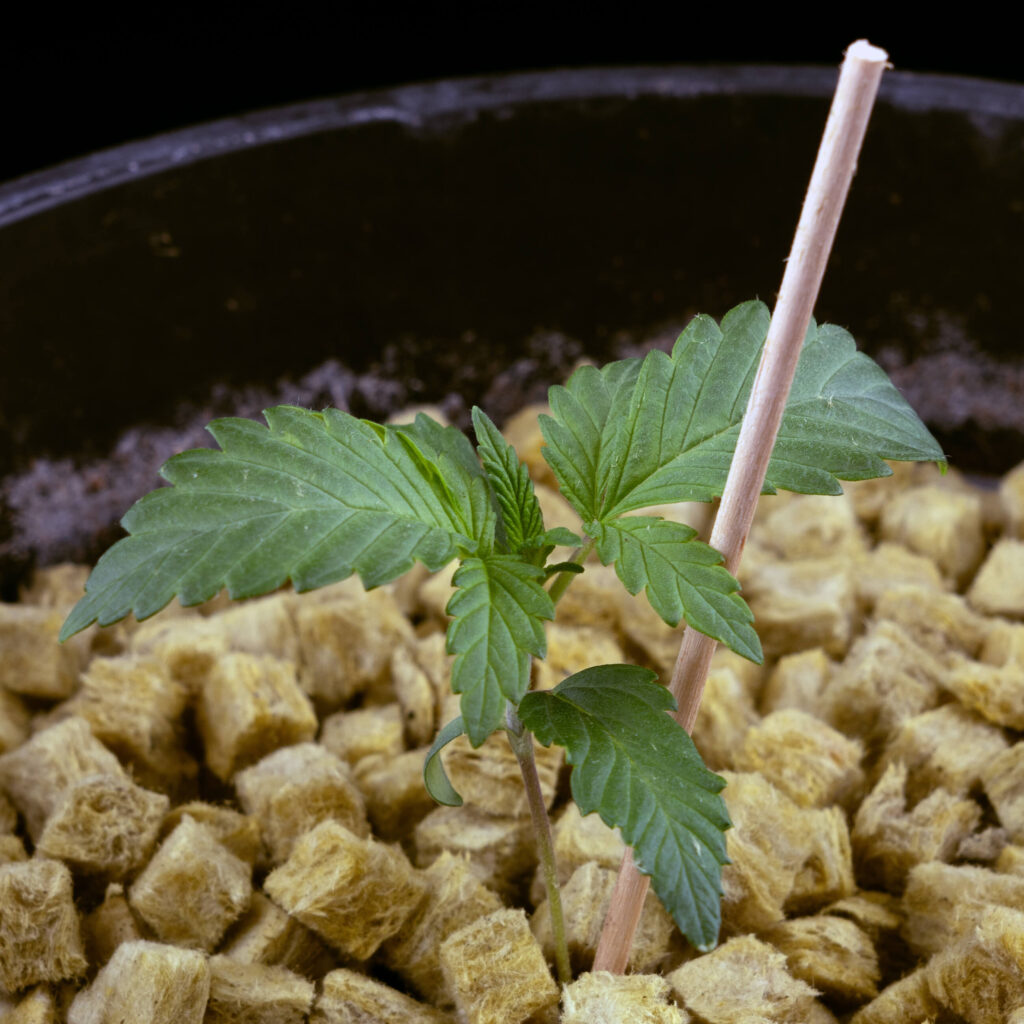
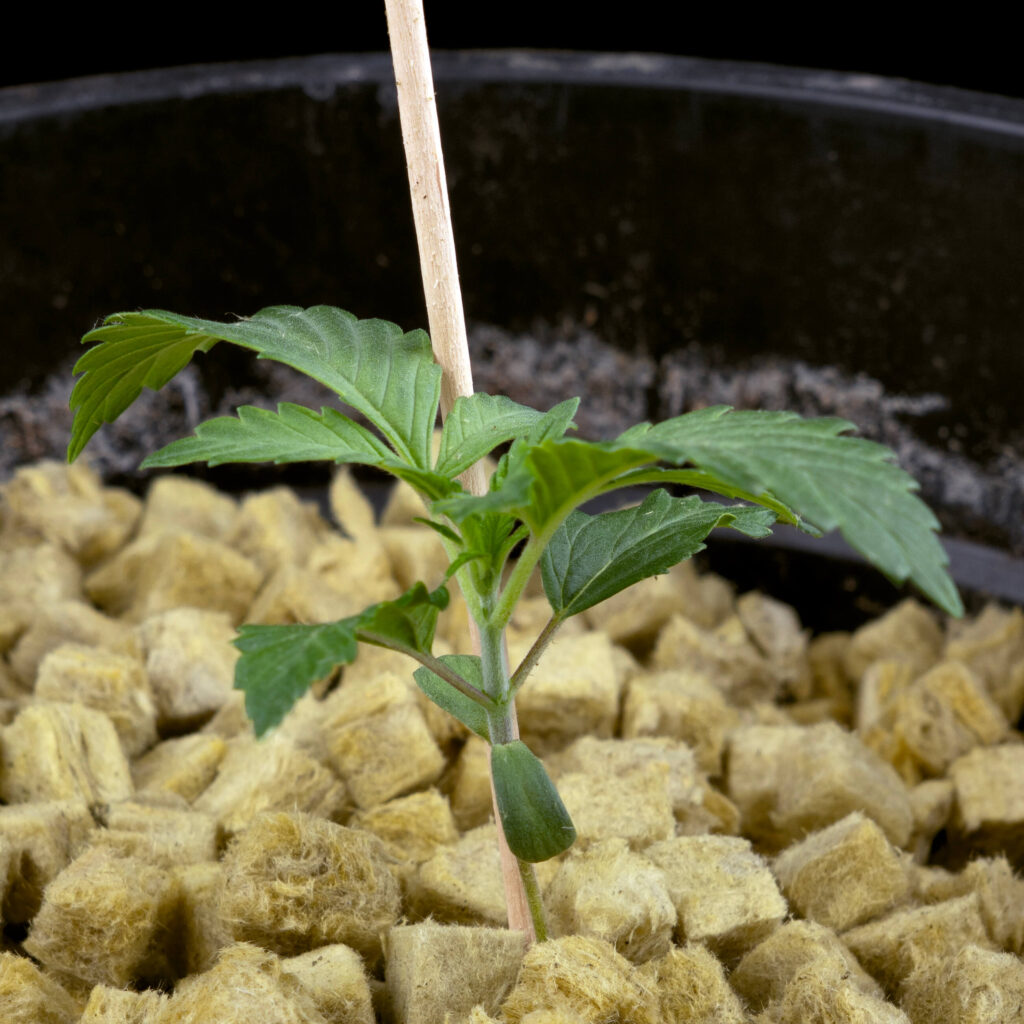
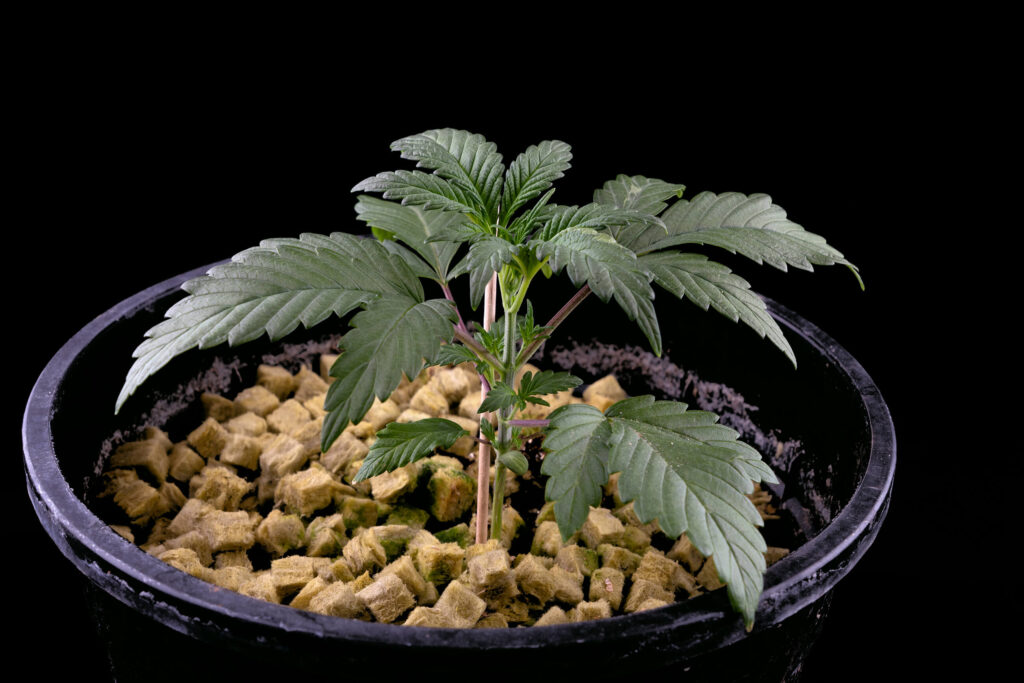
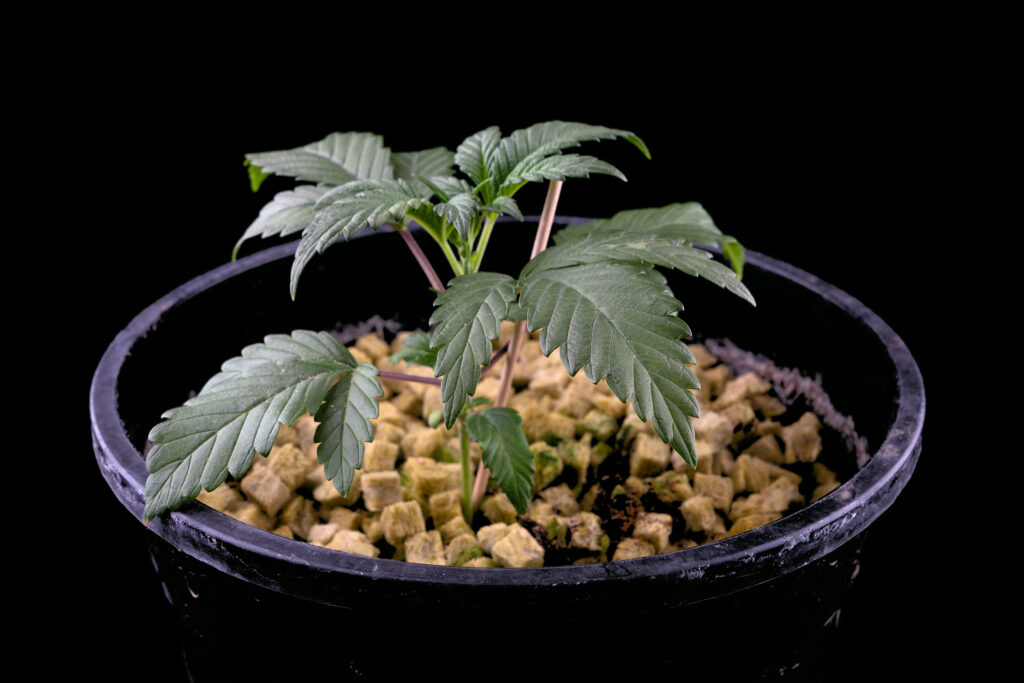
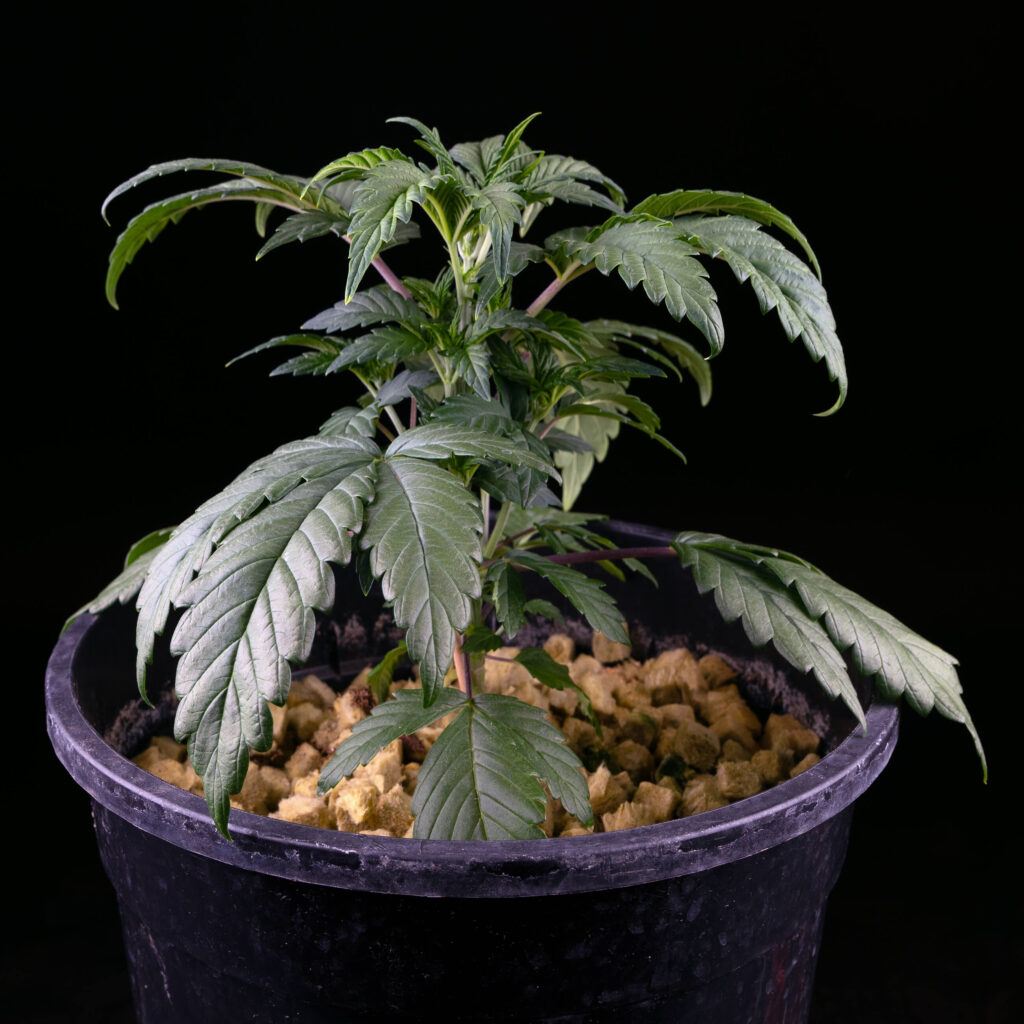
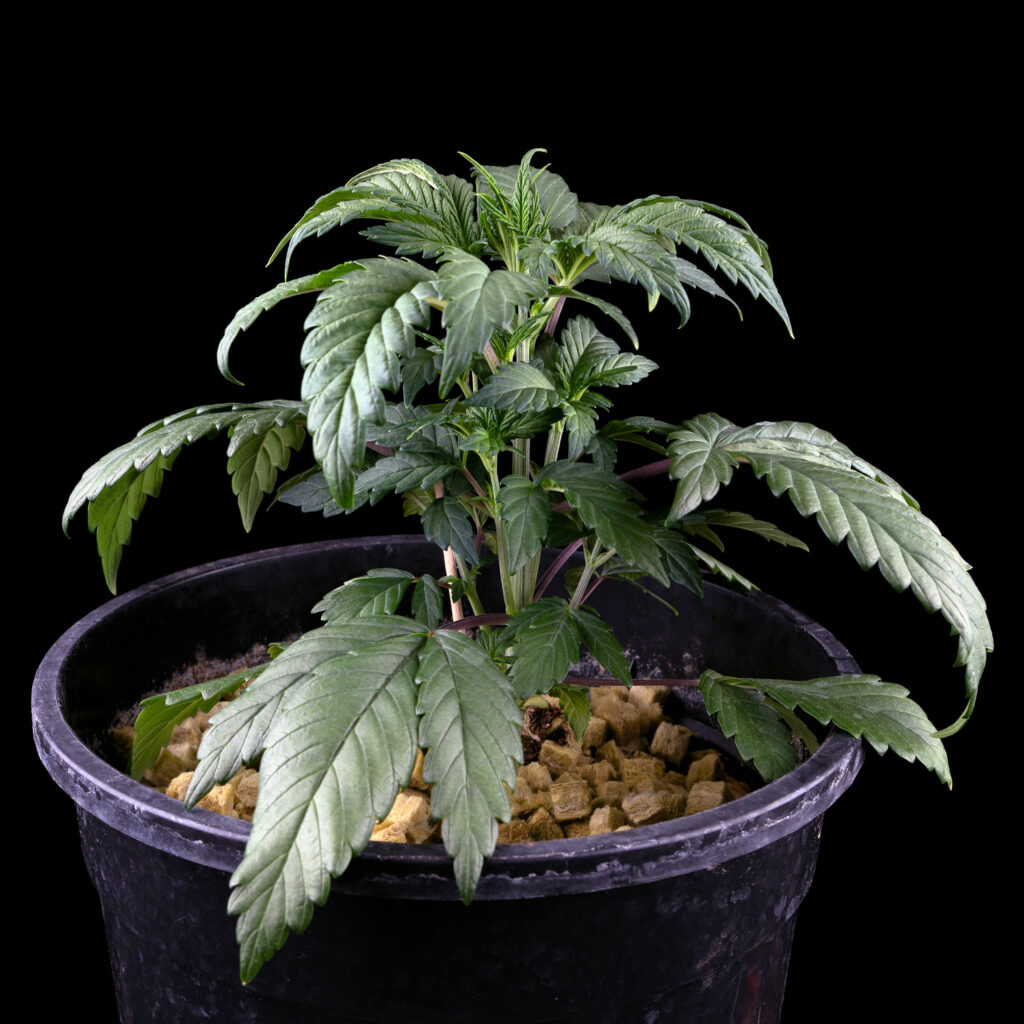
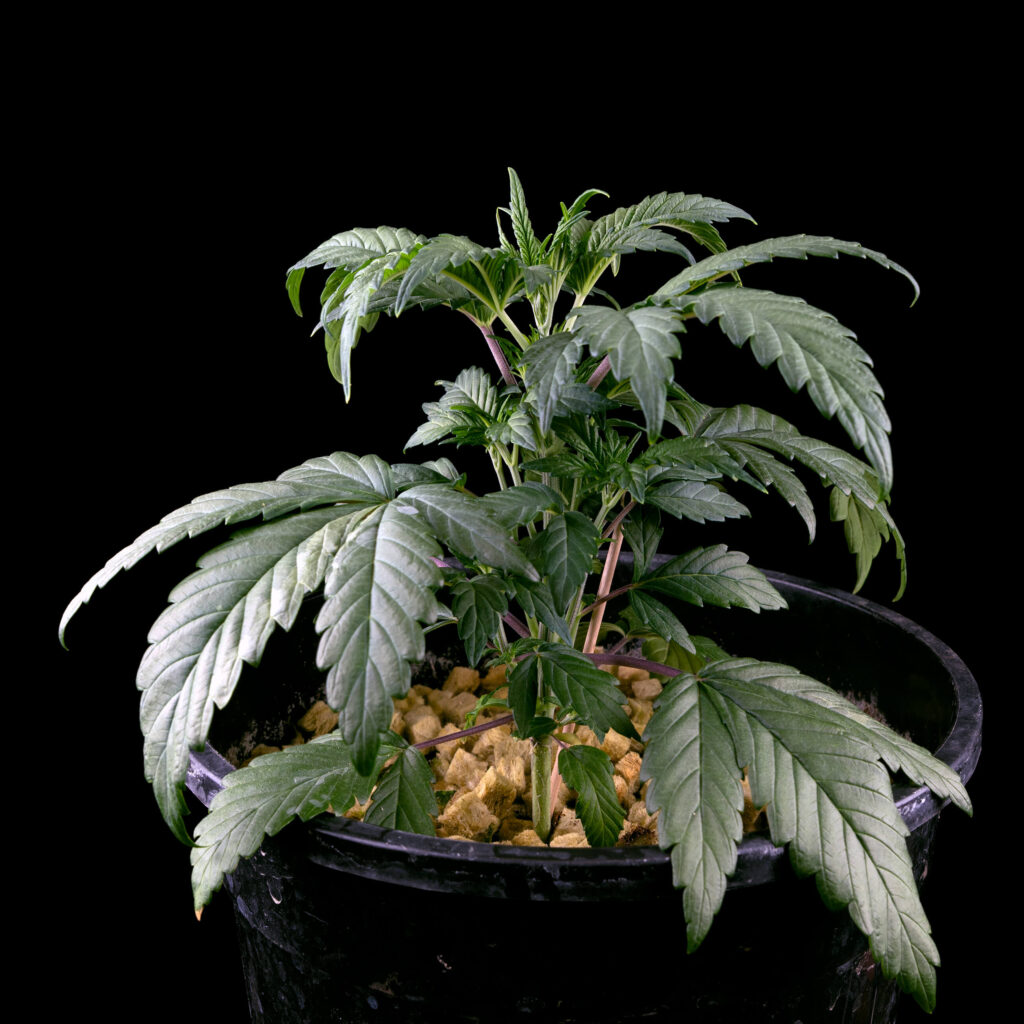

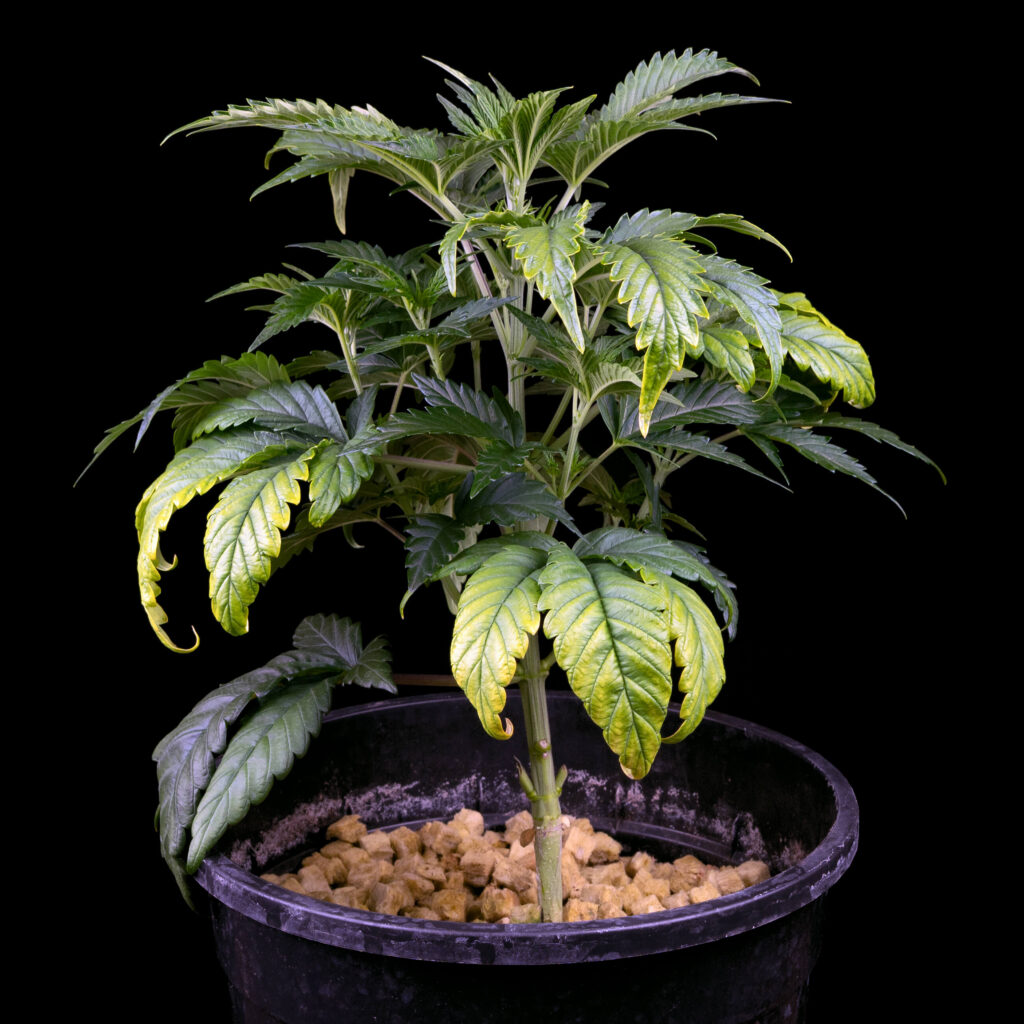
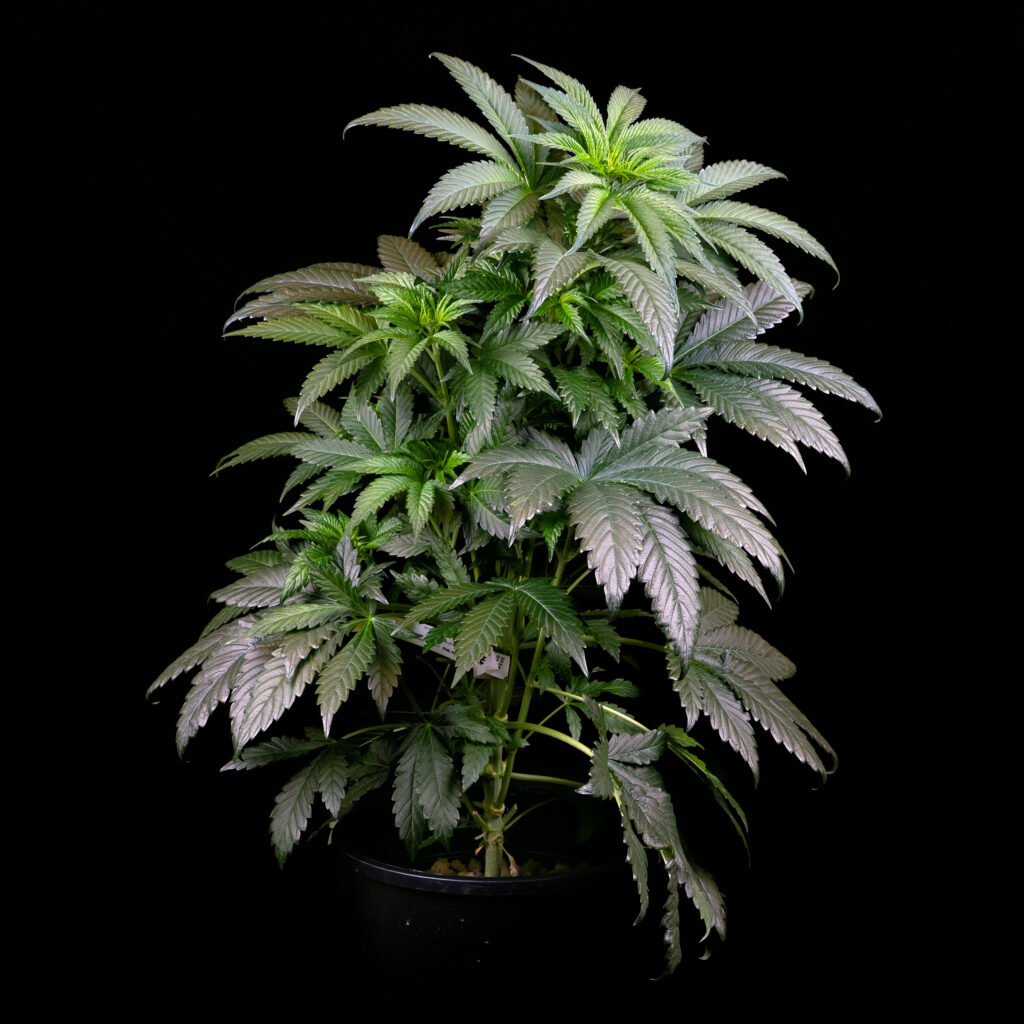


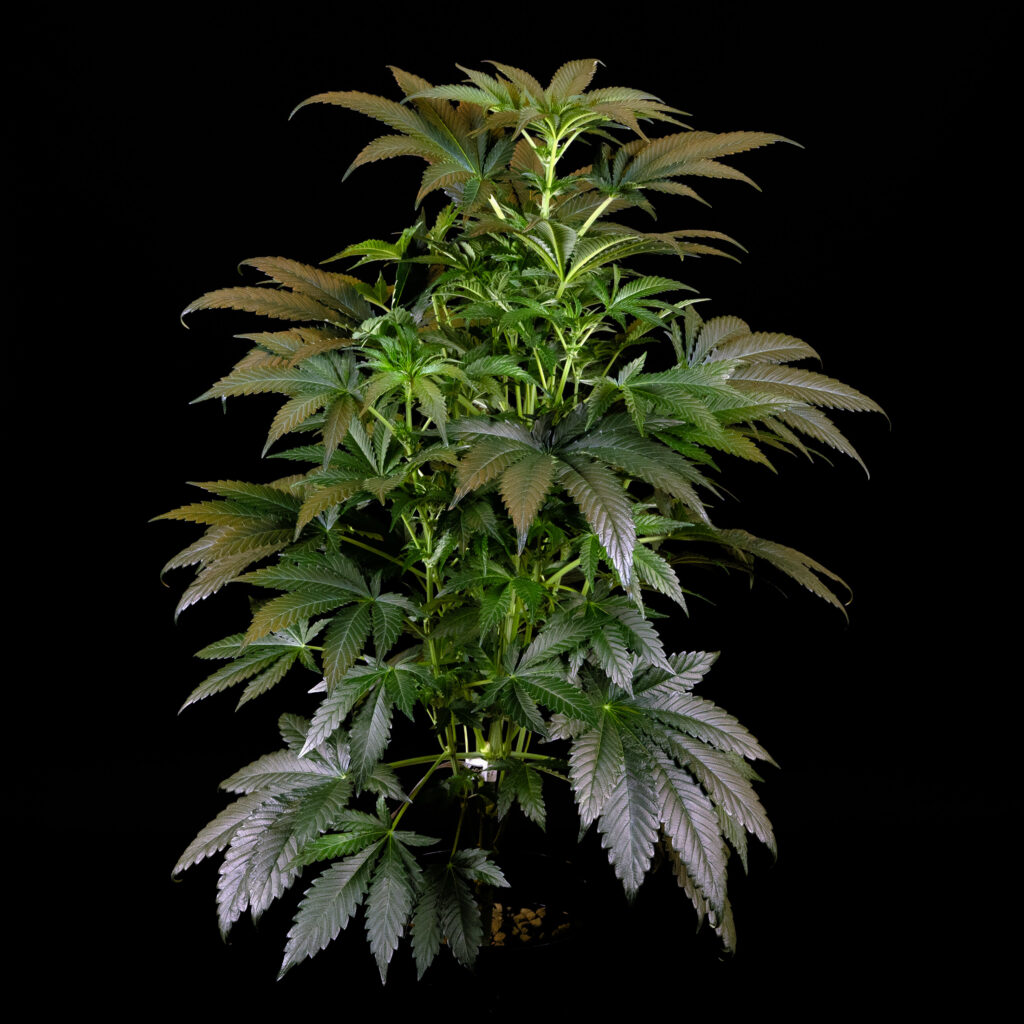
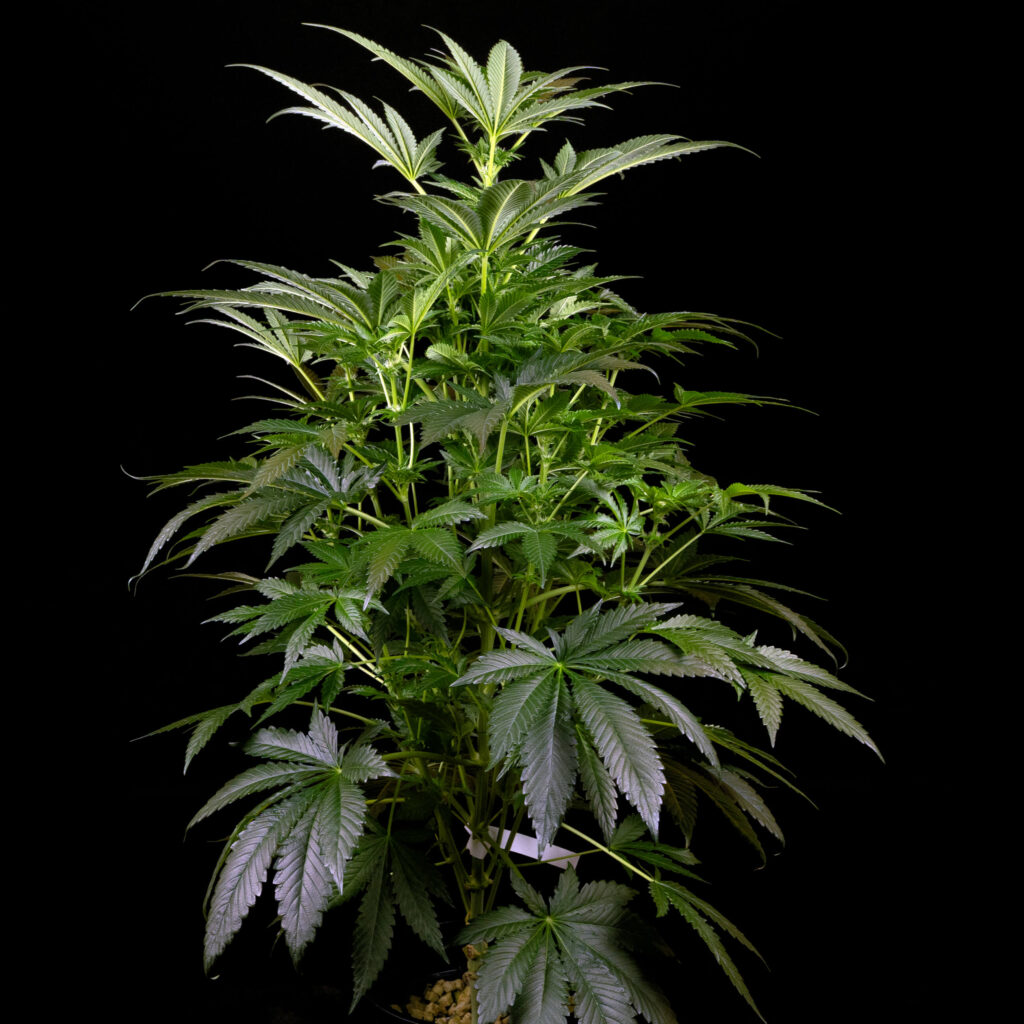
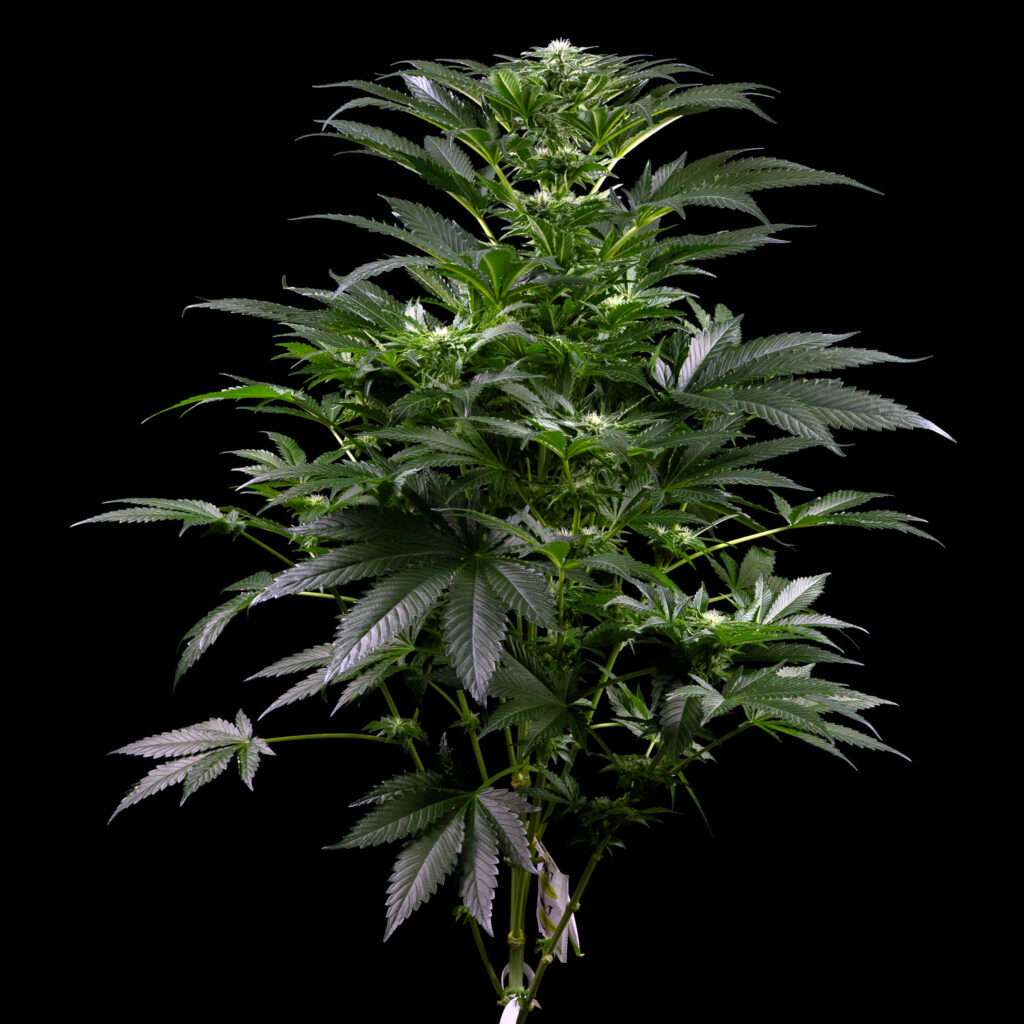
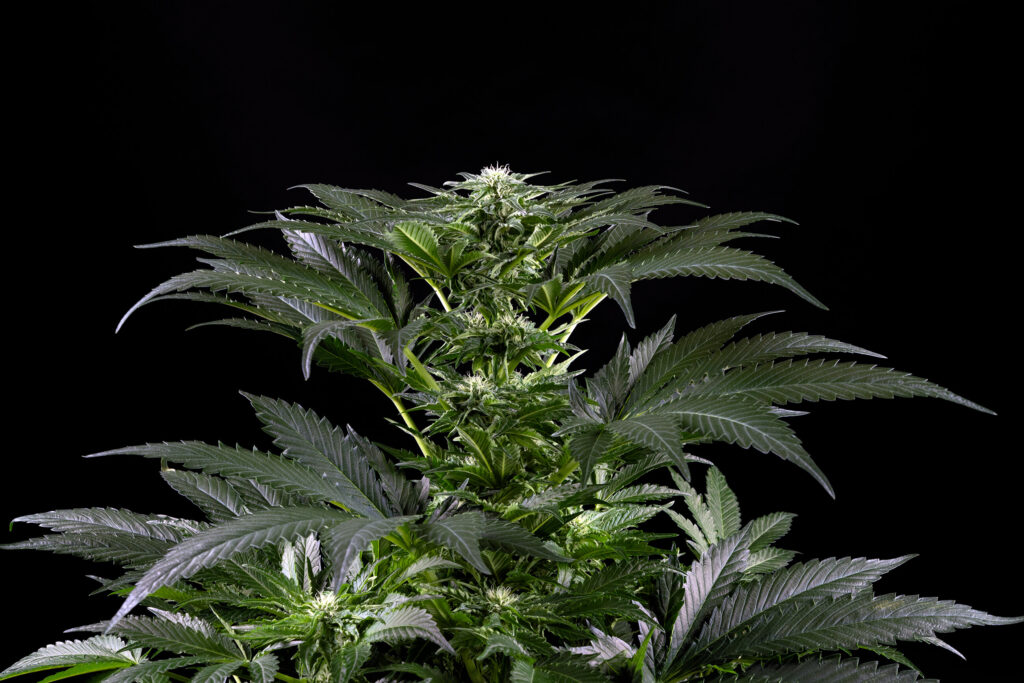
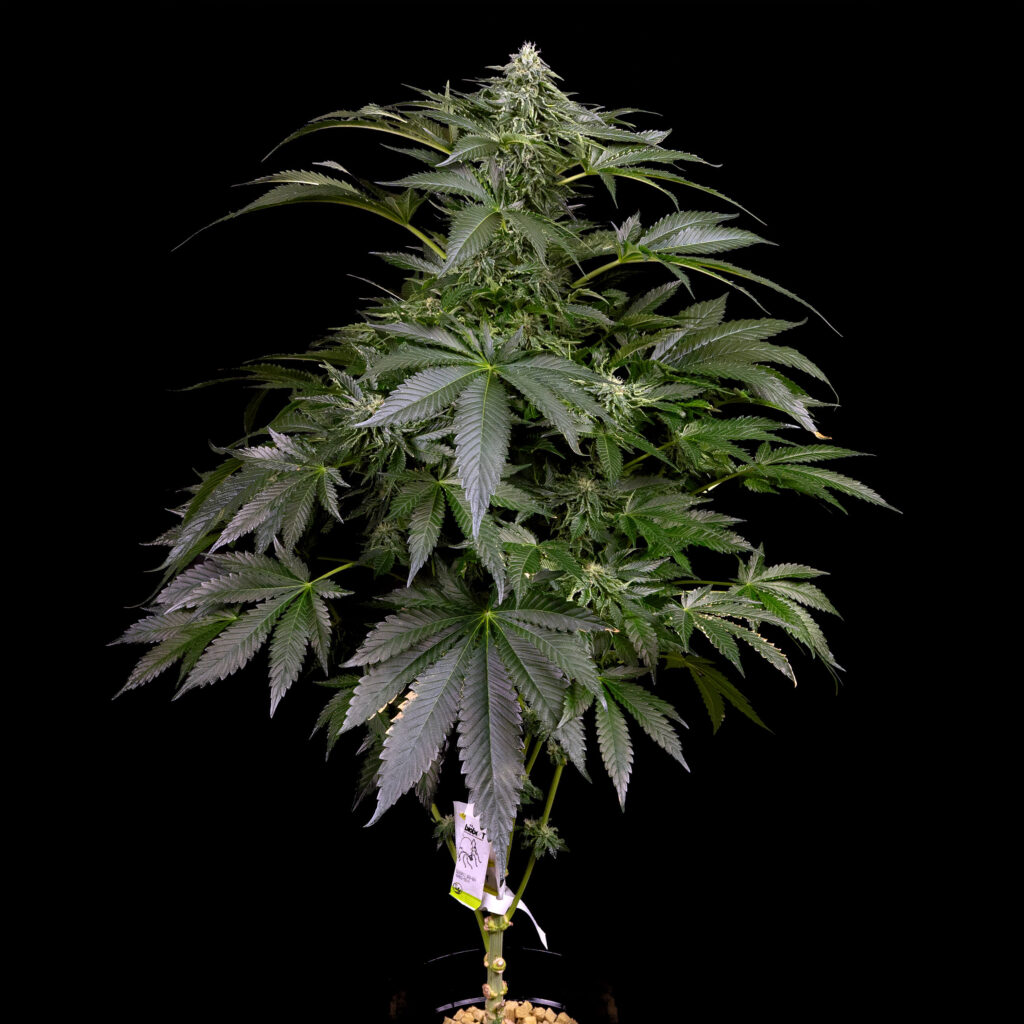
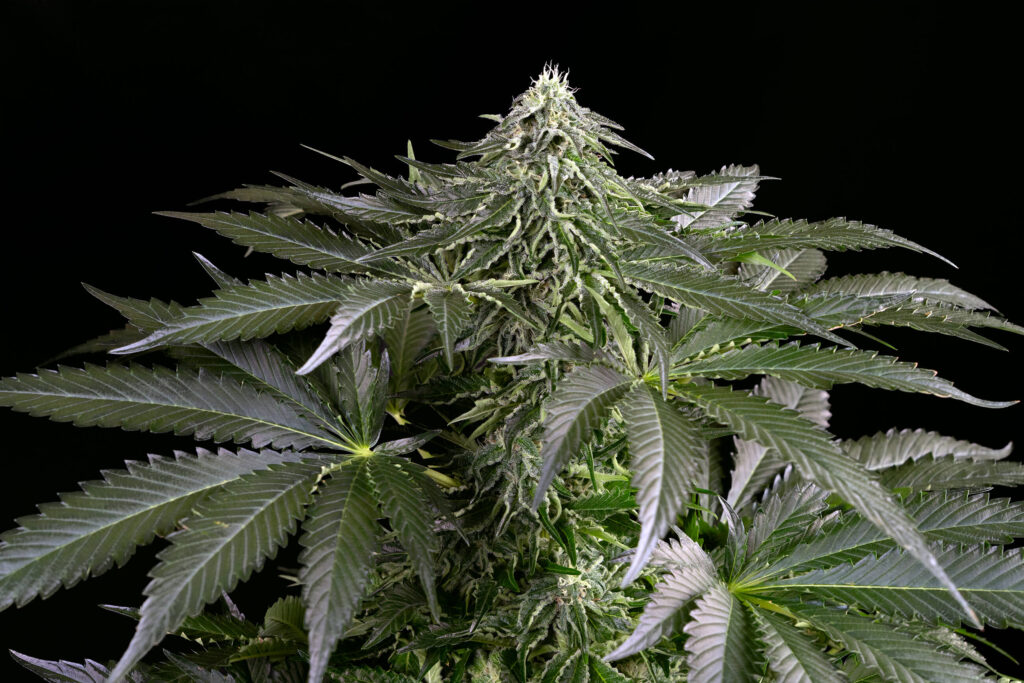
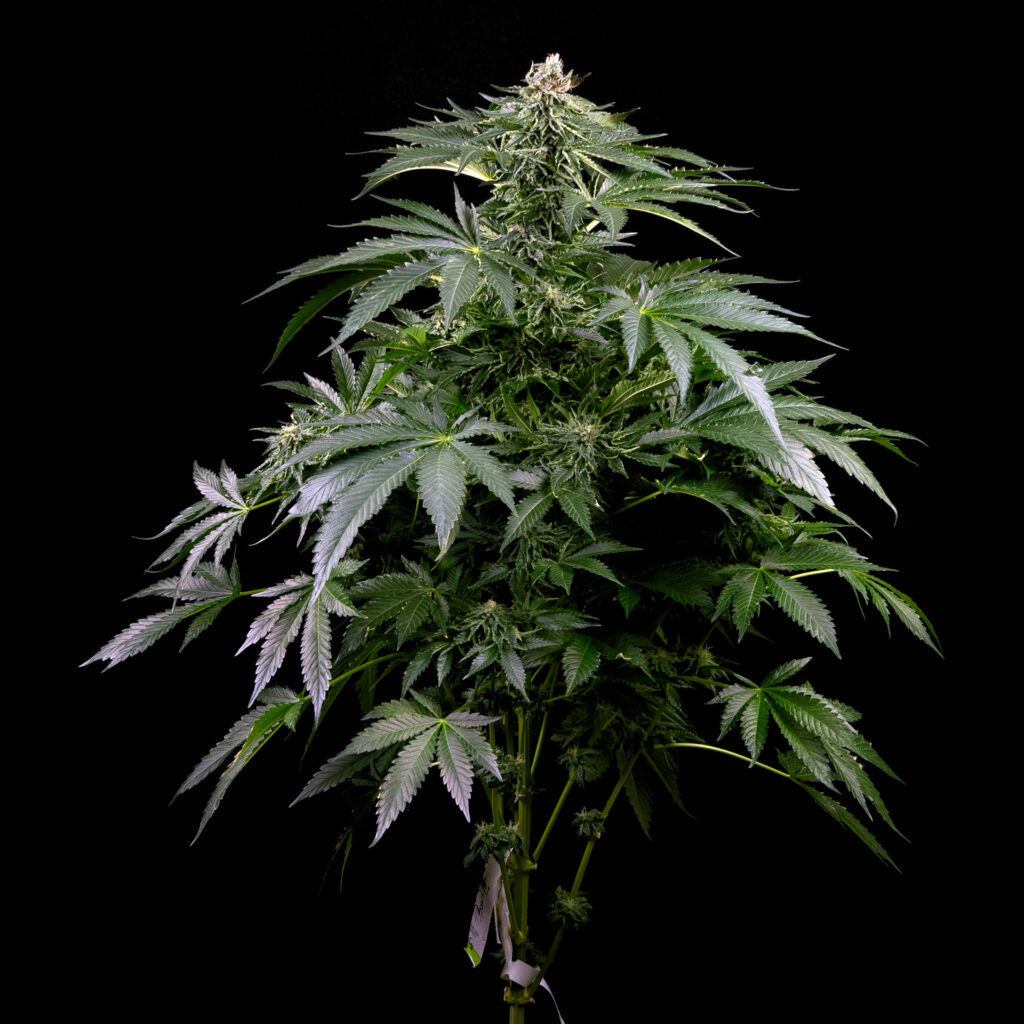

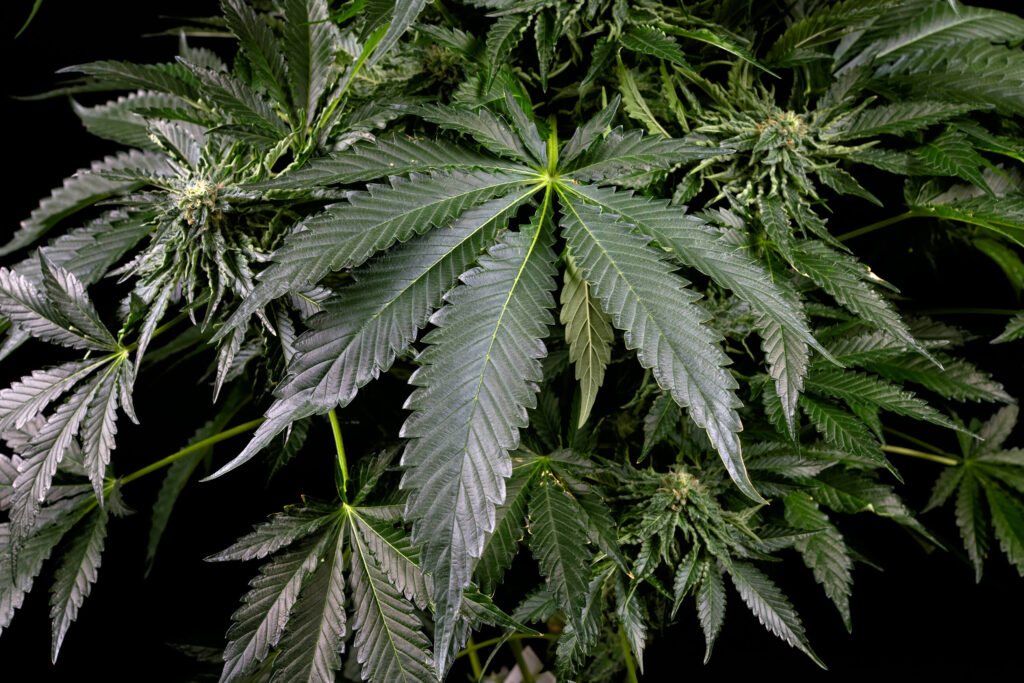
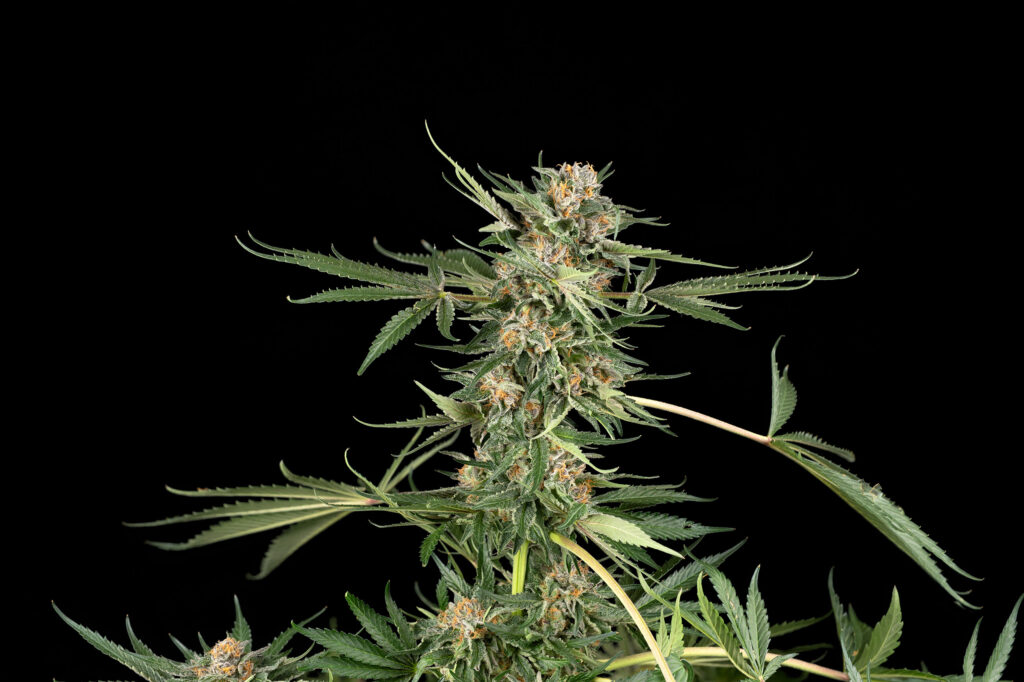
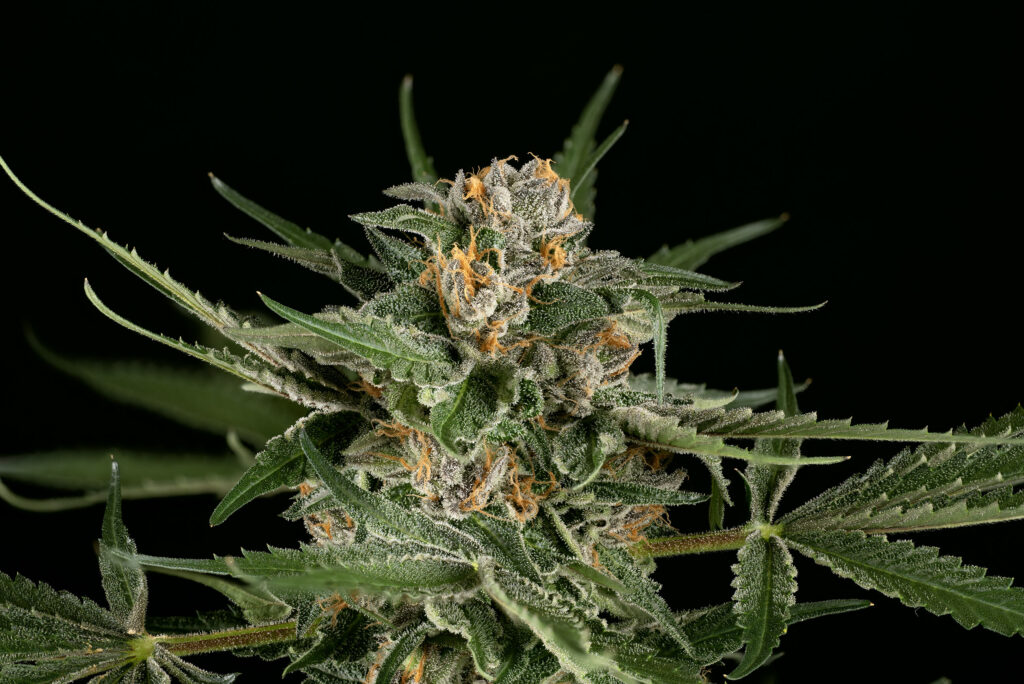
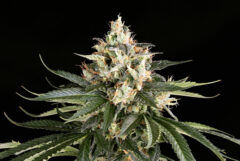
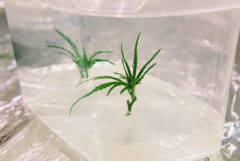

Thank you for all your hard work, I learn a lot, I appreciate your time thank you very much